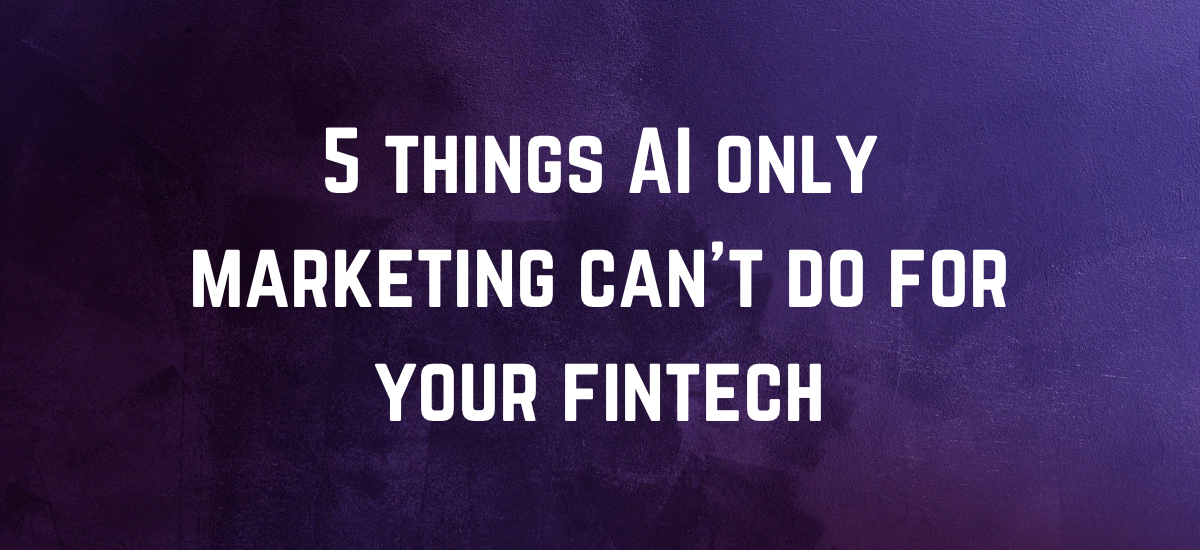by deborah
Share
by deborah
Share

Approximately 75 percent of marketers (including financial services marketers) say inbound marketing is an effective strategy.
Do you currently use inbound marketing to promote your financial services business? Do you need help understanding how it works or how to see better results in 2023?
This guide explains some steps you can take to improve your financial services inbound marketing strategy.
Inbound vs. Outbound Marketing
Inbound marketing focuses on attracting new people to your brand. It involves drawing people in through strategies like blogging, video marketing, social media, and tailored email messages.
Outbound marketing involves reaching out to a mass group and introducing them to your brand. Examples of outbound marketing include direct mail, billboards, and cold-calling.
Inbound and outbound marketing have a place in promoting your financial services business. However, when it comes to connecting directly with potential clients, many people find that the inbound approach is more effective.
Financial Services Inbound Marketing Tips
Now, let’s explore some strategies financial services companies can use to improve their approach to inbound marketing. These tips can help you see better results and excel at inbound marketing.
Focus on the Entire Funnel
The inbound marketing funnel takes people through the following stages:
- Strangers: They don’t know anything about your business
- Visitors: They come to your website to learn about your company
- Leads: Visitors have progressed further through your site and eventually share their contact information
- Customer: Leads (those who shared contact information) are converted into customers after purchasing financial services
- Promoters: Clients are so delighted by your company’s financial services that they tell their friends and family about you
Like the shape of a funnel, the list starts broad and gets narrower the further down you go.
It’s easy to focus too much on one element of the funnel and forget the others. Remember, though, that they all matter.
Whether you’re drafting blog posts or designing social media content, ensure you’re developing marketing materials for every funnel stage.
Evaluate Your Audience
Get to know your current clients and target clients better. That way, you can provide more value in your blogs, videos, emails, etc.
Who are you trying to reach with your financial services? Do you primarily work with young entrepreneurs? Seniors who need help preparing for retirement?
Once you know whom you’re trying to reach, you can adjust your marketing materials’ language, tone, and style to connect with them more effectively.
Answer Frequently Asked Questions
If you’re not sure what kind of content to create, start by answering frequently asked questions. The following are some of the most common questions people ask when learning about a new product or service:
- How much does it cost?
- What potential problems might I run into, and how can I avoid or troubleshoot them?
- Does it have many positive reviews?
- How does it compare to other options?
Whether you’re writing a blog post or filming a video, consider incorporating answers to these and similar questions so you can tell your potential clients what they want to know.
Prioritize Quality Over Quantity
Some marketers assume that the best way to attract new clients is to bombard their audiences with new content every single day. This approach might be helpful, but only if you consistently release valuable content.
If you can’t think of new and compelling content to release every day, it’s better to prioritize quality over quantity.
Create a Plan for Qualifying Leads
You’re a busy professional with a tight schedule. You shouldn’t waste time trying to connect with leads who don’t have a genuine interest in your financial services.
Create a system to qualify leads. That way, you only reach out to those who are likely to pay for your services.
Invest in Paid Ads
Paid ads (such as Facebook Ads and Google Ads) help you reach specific segments of your audience (i.e., the people who are most likely to work with you).
Use these tools to build brand awareness, share specific services, or encourage people to take advantage of a special promotion.
One of the most significant benefits of paid ads is that you get to decide how much you spend. Even if you’re working with a tiny budget, you can still utilize paid ads to see a return on your investment.
Make Data-Driven Decisions
Website hosts, email marketing tools, and social media platforms all provide built-in tools to help you collect valuable data.
Use this data to learn more about your audience, find out what kind of content they enjoy the most, and find out how many people are being converted to paying clients.
Then, take the knowledge you’ve gathered and use it to make more informed decisions about future inbound marketing strategies.
Improve Your Financial Services Inbound Marketing Today
Inbound marketing plays a critical role in helping you promote your financial services business and attract new clients.
Follow the strategies discussed above so you can take your inbound marketing plan to the next level in 2023.




